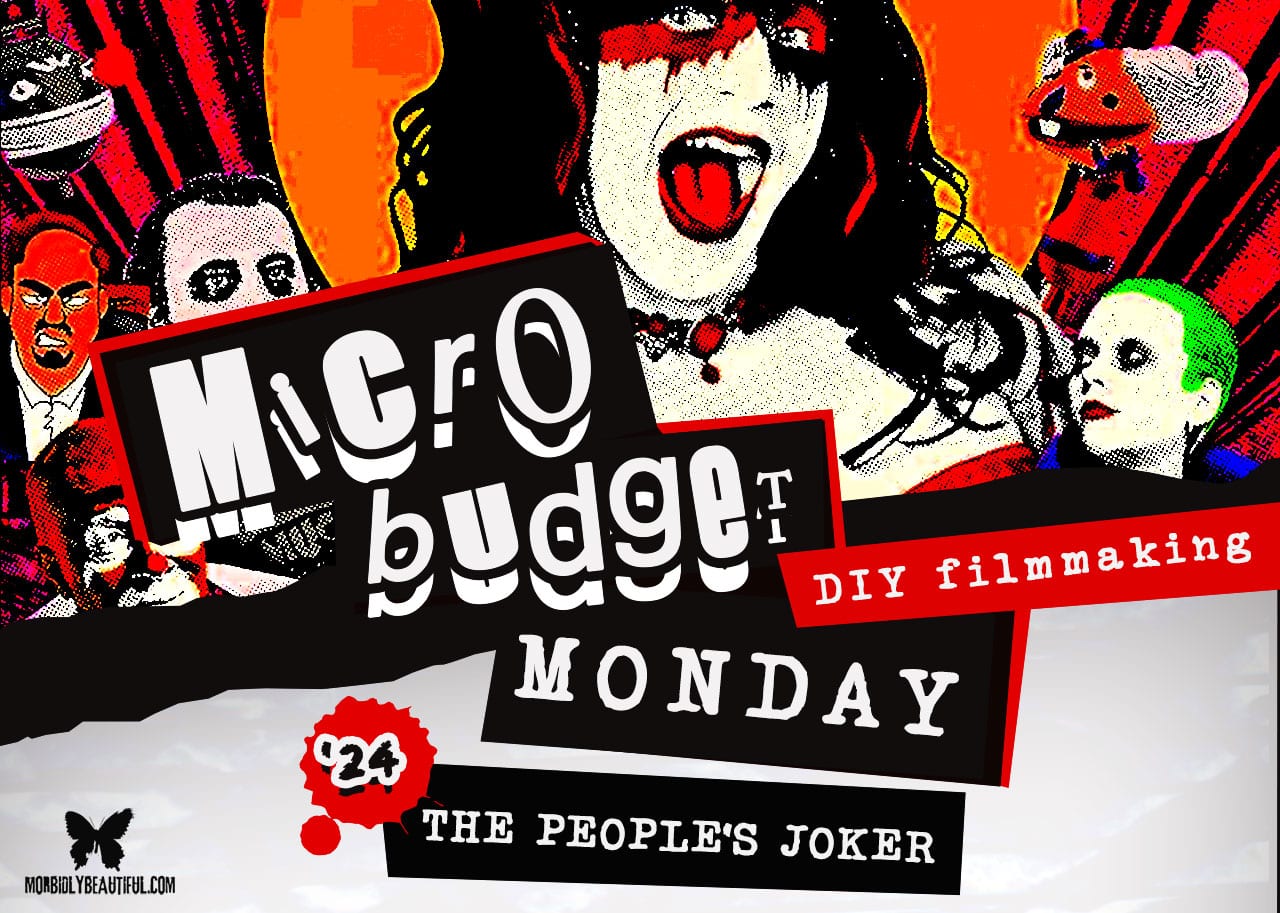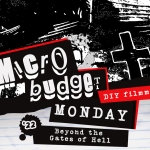With its razor-sharp wit and ample heart, “The People’s Joker” is a parody, but it also may be the best superhero movie you’ve seen.
The People’s Joker, directed and co-written by Vera Drew (who also stars) and co-written by Bri Le Rose, reimagines the Joker’s origin story in a wildly funny, heartfelt, surprising way.
Famous circus performer Emmett Kelly once said, “A clown’s tears are hidden beneath the paint and the smile.” Years later, modern comedic genius Bob Odenkirk, one of the many indie comedy icons featured in the film, said, “All people are sad clowns. That’s the key to comedy — and it’s a buffer against reality.”
That sentiment is really the nucleus of The People’s Joker.
It’s a celebration of humor as a way to cope with and heal from pain, disappointment, rejection, loneliness, and all life’s relentless slings and arrows.
Parodying Gotham’s finest (and foulest), this queer coming-of-age story is about the titular character’s journey to live with authenticity in a world that so often makes villains out of nonconformists.
While it may be steeped in riotous absurdist humor, this deeply personal and emotionally candid tale delivers profound moments of heartbreak.
It appropriates the fantastical superhero zeitgeist to tell an extremely human story of the struggles many of us have faced — from conflict-filled childhoods to dashed dreams to rocky romances — on our journey to find ourselves and make our place in the world.
As the primary protagonist, Drew narrates much of the film with fantastic wit and vulnerability.
In this universe, much like in the real world, the establishment “heroes” harbor dark secrets and less-than-noble intentions, while the discarded outcasts are forced underground to find a means of self-expression and a sense of belonging.
The story is told from the perspective of the antihero, an aspiring standup comedian who adopts the moniker Joker the Harlequin (Drew), speaking to her gender non-conformity.
Drew and Le Rose explicitly and liberally reference licensed DC characters, including the Dark Knight himself and his most popular foes, like Catwoman, Poison Ivy, and the Penguin. Though clearly made by someone with deep knowledge of and love for the property, The People’s Joker paints the caped crusader (played by Phil Braun) with a mighty unflattering brush, a damaged dark avenger who is more predator than paragon.
It’s not terribly surprising that Warner Bros. had some issues with the film, ordering a cease-and-desist letter immediately before its midnight showing at the Toronto International Film Festival.
This resulted in the film being pulled from the rest of TIFF and other planned festival appearances. Its future looked grim as Drew played David in a seemingly impossible legal battle against the Goliath that is Warner Bros.
Fortunately, and almost impossibly, Drew emerged from her battle victorious, and the once-doomed film has now been freed from its IP shackles.
That’s great news for anyone who appreciates subversive alt-comedy and wickedly smart and hilarious parodies.
It’s also a gift for those who appreciate DIY labors of love, anarchist art that challenges the status quo, films rich in sincere representation, and/or deeply personal stories of self-discovery.
This is a passion project from Emmy-nominated editor and director Drew, whose impressive alt-comedy street cred (she worked extensively with Tim Heidecker and Eric Wareheim (Tim and Eric Awesome Show, Great Job!) is on full display.
The film features a cavalcade of comedic voice talent, including Heidecker, Maria Bamford, Bob Odenkirk, and Scott Aukerman.
With its inventive and captivating mashup of styles, including creative contributions from over 100 artists from three separate continents (including Odenkirk and Aukerman) crafted during quarantine, The People’s Joker seamlessly blends live-action with DIY animation.
It’s a wonder of microbudget inventiveness, shot entirely in front of green screens and incorporating the artistry of many animators and designers, each working independently to bring Drew’s transgressive vision to life.
It’s all wildly disparate and yet, somehow, exquisitely cohesive.
The People’s Joker begins as all great comic book stories do, with the Joker’s origin story.
Beginning life in Smallville as a miserable little girl trapped in a boy’s body, she finds herself at Arkham Asylum thanks to her mother’s attempt to cure her child of gender dysphoria.
There, an unscrupulous shrink, Dr. Crane (Christian Calloway), aka Scarecrow, prescribes the experimental Smylex gas, which finally puts a smile on her face—albeit an artificial, chemically induced one.
It’s a sly spin on the Joker mythos and a sardonic assault on the mental health complex and the “fix it fast” culture of prescription therapy.
Eventually, our Joker finds something that truly brings her a sense of joy and purpose: comedy — falling in love with the art form by watching the UCB sketch comedy show on television (a parody of Saturday Night Live), the only legal, sanitized, government-sanctioned outlet for comedy in Gotham.
In an effort to pursue her dreams of becoming a comic, she enrolls in the Wayne Industries-backed UCB training program but soon learns that it’s a soulless, ultra-gendered, pay-to-play racket.
Disillusioned, she partners with Penguin (Nathan Faustyn) to start an “anti-comedy” club in an abandoned warehouse.
Soon, their renegade establishment has attracted a motley crew of misfits, including a bevy of Batman baddies.
Among the group of subversive satirists and jokesters is another trans performer named Mr. J (Kane Distler) — aka Jason Todd, former Robin, and Batman ward, who became the embodiment of his “damaged” forehead tattoo thanks to his former manipulative mentor.
Drew’s character immediately falls for the charismatic but troubled artist with the tragic backstory, hilariously modeled on Jared Leto’s much-maligned Joker from Suicide Squad.
They begin a passionate but turbulent-turned-toxic relationship.
It’s during this time that Joker the Harlequin fully commits to becoming a trans woman, recreating Harley Quinn’s infamous acid tank tumble from Suicide Squad. This time, however, the vat is full of concentrated estrogen.
While it helps to enhance your viewing enjoyment, you don’t have to be a Batman superfan to appreciate The People’s Joker. However, Vera certainly is, littering the film with deep-cut references and loving nods to multiple comic storylines, as well as animated and film adaptations. It even references other Batman homages, like The Lego Batman Movie.
The absurdist humor and low-fi performance art aesthetic won’t be for everyone, but it seems destined for cult classic status and will surely delight fans of anti-mainstream fare.
Ultimately, The People’s Joker is the unabashedly queer and poignant Batman movie we desperately need.




















Follow Us!